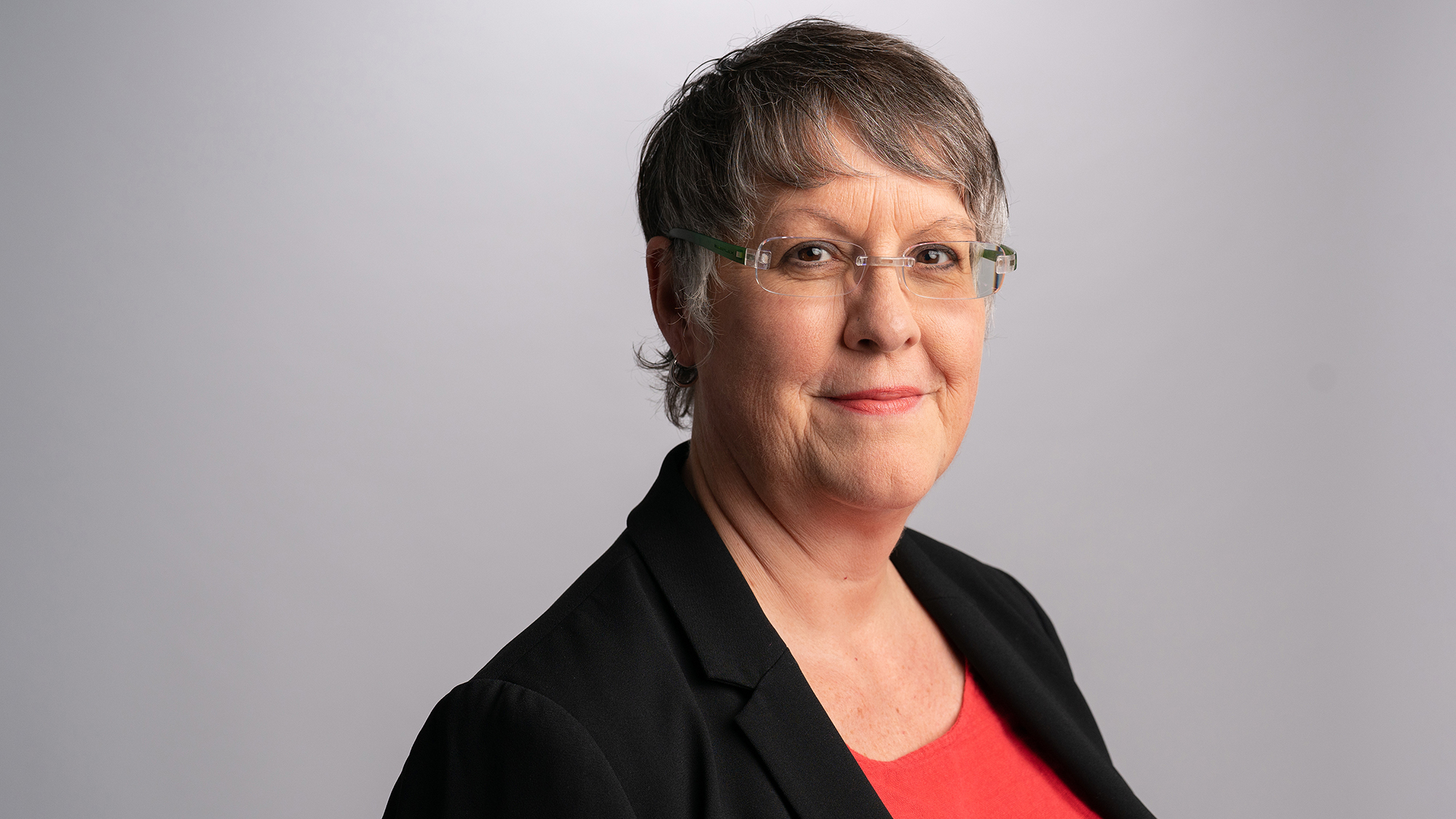
Rising fuel and food costs, decreasing disposable income and cuts in social programmes are creating a perfect storm for charitable organisations, says the CEO of CAF Bank.
Fuelled by spiralling inflation, the cost of living crisis is hitting bank balances and disposable income, and is expected to have a knock-on effect on charitable donations. This comes at a time when the demand for social services is projected to increase, as more service users come under economic pressure, yet public service provision is likely to contract. It is a gap generally filled by charities but they are also facing severe challenges.
“The cost of living crisis presents a perfect storm [for the charity sector],” says Alison Taylor, CEO of CAF Bank, a subsidiary of Charities Aid Foundation (CAF), one of the largest charitable foundations in Europe. “We expect to see that demand pressure increase at the same time that donations are falling as people’s disposable income shrinks.”
In a recent survey by CAF, 22% of respondents in the UK say that they are considering reducing donations over the next six months to combat their own bill pressures.
At the same time, charities are also facing rising input costs, including heating, fuel for home visits and wages. “For food banks, the rapid increases in food prices means that it is as challenging as it gets,” says Ms Taylor. “Plus, many charities haven’t replenished their reserves post-Covid-19 pandemic yet, so it feels like there’s a degree of vulnerability [in the sector].”
Additionally, donations are worth less due to inflation. According to analysis by Pro Bono Economics and CAF, monthly charity donations of £20 started in 2017 will be worth just £14.90 by 2024.
While CAF is lobbying for government support, including emergency grant programmes, CAF Bank is focused on its borrowers who face such cost pressures but also have rising interest rates to deal with. “We had a proud track record through the pandemic of proactively offering repayment holidays and a high degree of support for borrowers, and we will act the same this time,” she says.
Ms Taylor advocates greater collaboration between the private, public and charity sectors. “From a government or local government perspective, there’s often good thinking around how public and private sectors might work together. And yet, a far more powerful triumvirate would be public, private and charitable sectors together,” she says. “The charitable sector will have a great role to play in the next few years; they need to be at the table and supported to play a role.”
CAF Bank provides day-to-day transactional banking for charities, with a focus on small and medium-sized organisations, a segment often overlooked by high street banks. “This has been a long-standing dynamic partly because charities can be high-touch customers due to charity governance, which means that their banking needs can be quite complex,” she says.
“For example, the way charities make payments do not flow through the business banking digital customer journeys that the high street banks have developed for small entities,” she explains. “They tend to require manual intervention, which means they are high-cost customers for the mainstream banks.” She adds that there is also a perception of higher risk because of a long-standing view that greater financial crime risk can be attached to charities.
That has combined to create an environment where many charities have found themselves being off-boarded by high street banks, or rejected when trying to open accounts, which was “massively exacerbated” during the Covid-19 pandemic, she adds. This is where CAF Bank can step in and provide specialised products and services for the sector.
Looking ahead, in the next year CAF Bank is investing in products that support digital fundraising for charities. “One of the challenges that charities have is the digital pace of change, which is difficult for a small charity to absorb. They need simple and easy-to-run products that help with digital marketing and fundraising strategies,” she says.
The bank also plans to expand its lending proposition. “Many charities have found it harder to access loans, perhaps, than they might have done in the past. But that’s our target audience and our products are designed accordingly,” she says. “It generally tends to be property-based lending sought by charities, so there’s a good fit there.”
Ms Taylor believes there is opportunity for CAF Bank to focus in on appetite for the ‘S’ in environmental, social and governance from grant-making foundations, both corporate and high-net-worth donors, and bring blended finance alongside bank lending. “I would like to see us structuring more blended finance products that give charities the ability to make property transactions, but with a lower debt burden,” she says.
Joy Macknight is editor of The Banker. Follow her on Twitter @joymacknight
Register to receive the Editor’s blog and in-depth coverage from the banking industry through the weekly e-newsletter.


